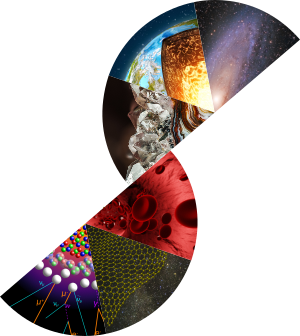The broader development of the electric cars and automotive guided vehicles for tomorrow's mobility requires the emergence of new fast-charging negative electrode materials to replace graphite in Li-ion batteries1,2. Design of tailored multicationic oxides using innovative approaches could be the key for providing new negative electrode materials that allow faster charging and discharging processes3. In this work, AgNbO3 perovskite material has been synthesized by employing different routes namely solid state, sol-gel and polyacrylamide routes and studied as a negative electrode for high power lithium ion batteries. AgNbO3 crystallizes in an orthorhombic perovskite structure (space group Pbcm) with distorted [BO6] octahedra, similar to most perovskites. This binary oxide has been studied in material science as antiferroelectric and sensing material4. Due to all occupied crystallographic sites in AgNbO3 structure, it is expected to intercalate only negligible Li+ cations. However, the highly sensitive Ag+ at A-site of perovskite lattice support the structure to perform surprisingly well in terms of capacity and its retention at high rates possibly due to voltage-driven exsolution of Ag nanoparticles and creation of cationic and anionic vacancies. In order to understand the underlying reaction mechanism of the material for Li+ storage, in-situ XRD experiments were performed to evidence structural changes occurring upon cycling. In addition, Ex-situ SEM observations were made to get further insights about the underlying processes. This study presents an alternative approach to tailor the electrode material by in-situ electrochemistry without sacrificing the pristine phase of the active electrode material with a possibility to use ABO3 type perovskites for fast charging batteries.
Refrences:
1. B. Andrew, et al. "Enabling fast charging–Infrastructure and economic considerations." Journal of Power Sources, 2017, 367, 237-249
2. A. Veronica, et al. "High-rate electrochemical energy storage through Li+ intercalation pseudocapacitance." Nature materials, 12.6, 2013, 518-522.
3. O. Crosnier et al, "Polycationic oxides as potential electrode materials for aqueous-based electrochemical capacitors." Current Opinion in Electrochemistry, 2018, 9, 87-94
4.Sciau, Ph, et al. "Structural investigation of AgNbO3 phases using x-ray and neutron diffraction." Journal of Physics: Condensed Matter 16, 16, 2004, 2795

 PDF version
PDF version
